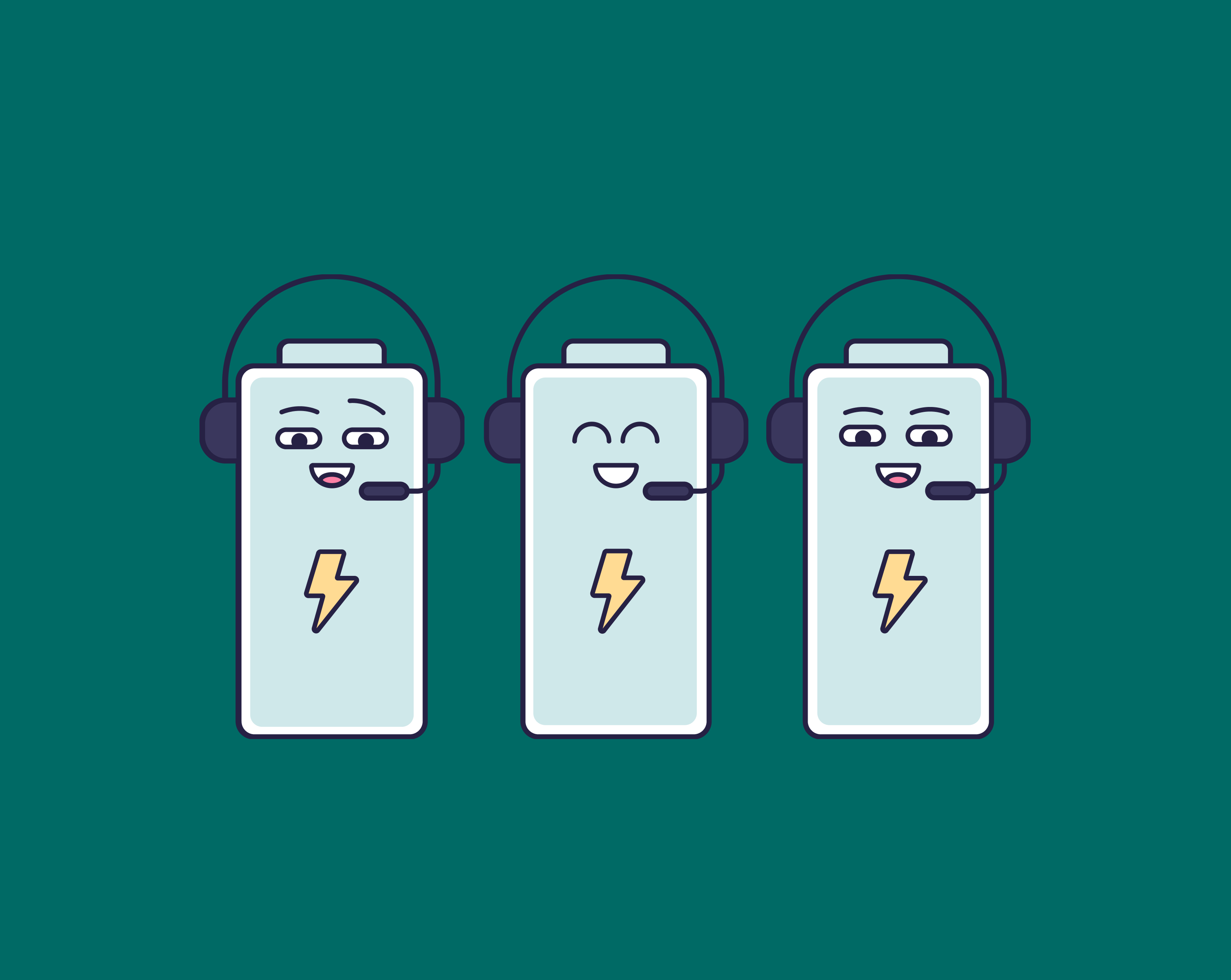Is your brand one of those that is defined by your support?
Do people rave about it on twitter? Do you win in a crowded market because everyone knows your support is stellar?
If you’ve been having a hard time figuring out how to create a sense of connection and genuine loyalty to your brand, the secret may lie with your customer support team. Research shows that up to 73% of people fall in love with a brand because of friendly employees or a great customer service experience.
While customer service was once taken for granted, it’s now a proven driver of both customer loyalty and revenue.
Given this new reality, what are the things that great support teams do that others don’t?
One thing your team could do is offer guided self-serve support that enables customers to solve more of the issues they create tickets for. Let us show you how Stonly can help.

Invest in their support people
It may be surprising, but the first thing great support teams do differently isn’t directly tied to customers or the customer experience. The first thing great support teams do differently is invest in their support people.
Although it may not have been the first thing you thought of, this point makes intuitive sense. If you’re baking a cake, the quality of the cake will depend on the quality of ingredients you use. While it’s not a perfect illustration - people are far more complex and valuable - your customer support experience is similar.
If you want to create an exceptional support experience, you need exceptional people and tools to provide that support.
The ways you invest in your support people will vary with your company size and maturity, but there are a few ideas to keep front of mind:
Pay your support team well.
Gone are the days of customer service being no more than a cost center. If your aim is to create a world-class support team, you need to pay your people a salary that enables them to focus on excelling in their roles without worrying about how they will pay their bills.
Create growth opportunities.
In some companies, customer support is seen as a dead-end role. It’s entry-level and perceived as if anyone can do it.
That’s not true of companies with great support teams.
Working in customer service is an unparalleled opportunity for employees to learn your company’s products and customers’ needs. Failing to capitalize on these experiences is foolish.
Great support teams find ways to put these experiences to use through career development, stretch projects, and freeing up support agents to work on cross-functional teams.
Companies with great support teams recognize the incredible potential that lives within their support team. Your best support people are a gold mine of knowledge, skills and experience, and actively building a talent pipeline filled with these people will pay dividends beyond belief.
Related post: Call Deflection: 7 Strategies to Delight Your Customers

Give them the right tools.
Since support teams are often taken for granted, their toolset is often an afterthought. You wouldn’t arm your salespeople or product people with hacked together tools - enabling them to do their jobs effectively is far too important for your business.
Organizations with great support teams recognize that support is no different: if you want a stellar support experience, you need to thoughtfully invest in an appropriate support tech stack.
Don’t just assume your support team can make do with free tools or those used by other teams. We’re talking about frontline people who spend all day, every day interacting with your customers. Equip them with the tools they need to excel.
Empower customers to help themselves
If you’ve ever had the experience of waiting on hold for a long period of time while waiting for a support representative, you know how frustrating that feeling of powerlessness can be. Great support teams actively work to eliminate situations like these by empowering customers to help themselves.
Your industry and products will dictate what this looks like for you, but some common examples of empowering customers include:
Customer knowledge bases.
Knowledge bases may go by several different names: help centers, support centers, and so on. They serve as libraries of information; customers search for answers to their problem or question, and are served up various articles that may help them.
Here's the problem with knowledge bases though: they're archaic.
Most knowledge bases are full of long form content, and feel like digitized versions of old school owners manuals. A great knowledge base takes advantage of modern technology. It is interactive, multi-media and engaging.
You want to offer your users personalized help based on their unique situations--right where they need it most. Level up your current knowledge base articles or create a completely new interactive knowledge base and your team can perform like the great ones do.

Self-service channels.
Don’t take it personally, but two-thirds of your customers would rather solve their issue on their own than contact your support team. Self-service is typically faster and more convenient for customers, allowing them to help themselves whenever it works best for them.
Great support teams recognize this fact and create ways for customers to help themselves. Whether it’s allowing customers to easily update account info, change their package or add an integration, self-service pays major dividends in customer satisfaction.
Effective self-service options will also decrease your support ticket volume, freeing up your team to focus on issues that truly need their attention.
One easy way to capture the self-service mindset is with the phrase “more Yoda, less Superman.” Solving problems for your customers - flying in to save the day like Superman - might make you feel good, but it’s often not in your customers’ long-term best interests.
Instead of being the hero every time, your support team should strive to be more like everyone’s favorite green Jedi master, teaching your customers how to become masters in their own right.
Related post: What is an NPS Program & How to Build One? [Detailed Guide]
Create seamless customer experiences
Great support teams recognize that each customer is on a unique journey. That journey includes your company and your brand, from the moment each customer hears about you to the day they say goodbye and cancel their subscription.
Not-so-great support teams often make the mistake of viewing every support ticket as one-and-done issues. If you can close the ticket, you’ve done your job. While resolving customer issues is incredibly important, failing to recognize that each ticket is part of that customer’s larger customer journey is short-sighted.
Related post: 10 Customer Intimacy Strategies to Drive Higher Revenue
Great customer support teams train agents to recognize where a customer is in their journey and to tailor their approach to each customer’s needs. This creates a far more personalized customer experience.
As an illustration, consider Help Scout. Help Scout likes to use the improv comedy concept of “Yes, and…” during support interactions. In practice this means that a support agent isn’t simply looking to close out a given ticket; they’re looking to handle the customer’s issue and encourage the customer to take one more step on their customer journey.

If you’d like to create a seamless customer experience you’re going to need a few key components:
A Customer Relationship Management (CRM) tool.
Your support team will never be able to understand where a customer is in their journey if they don’t have a 360-degree view of the customer. A quality CRM tool will enable your team to quickly understand each customer’s current products, history, and opportunities.
Create more leeway in your scheduling and goals.
Creating a seamless customer experience pays major dividends, but it comes at a cost. Sending thoughtful, contextual email replies or proactively engaging a customer on a possible upsell takes more time than simply closing out a ticket. To that end, you can’t expect your support team to churn through tickets the way they always have. Loosen up your production metrics and create space for your support team to deliver great experiences.
Customer journey mapping.
Customer journey mapping is a responsibility that often lives with marketing teams, but should really be a cross-functional effort that always includes support people.
After all, a customer journey map is a visual illustration of the experiences a customer has with your company, from start to finish. It’s very possible that no one knows more about those experiences than your support team.
Great support teams aren’t simply reactive; they engage their support teams in conversations like these and thereby quip them to proactively encourage customers to engage further with your product portfolio.
Related Post: What is Customer Delight? The Ultimate Guide
Conclusion
Great support teams don’t emerge from thin air. They are created and cultivated through an ongoing process of intentional decision-making. If you're a startup, you’ve got a great opportunity to build exceptional support into your DNA.
Conversely, if your company and your support team have been around for awhile, you may have an uphill battle as you attempt to change long-standing cultural norms and behaviors.
Whatever the situation, rest assured that by focusing on these three things and staying committed for the long-haul, you’ll evolve your support team into something that creates customer loyalty and drives business growth.

